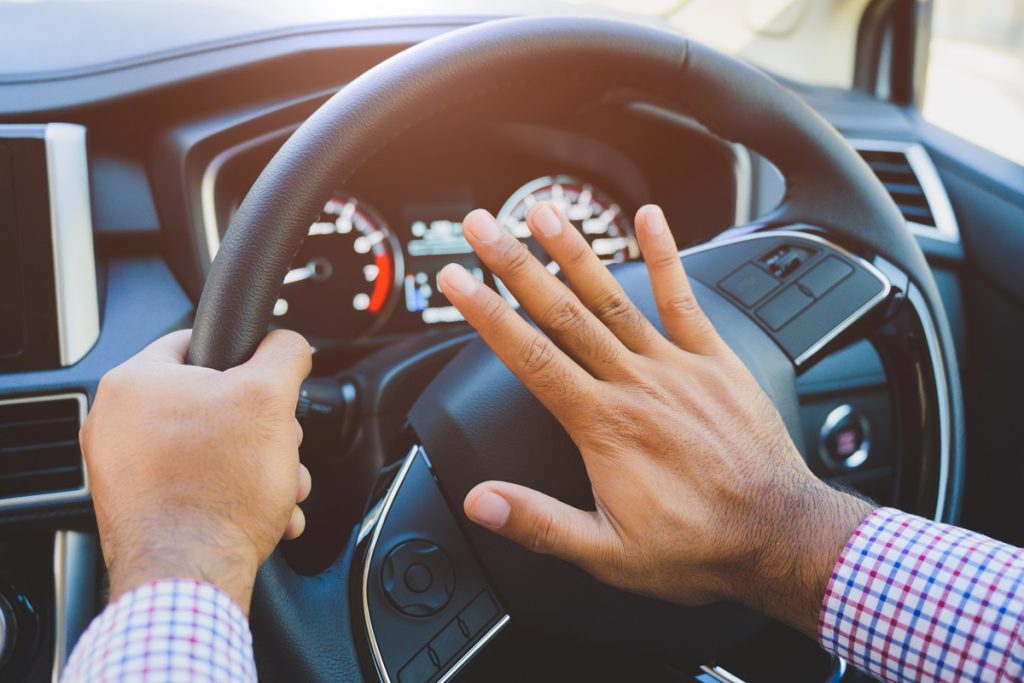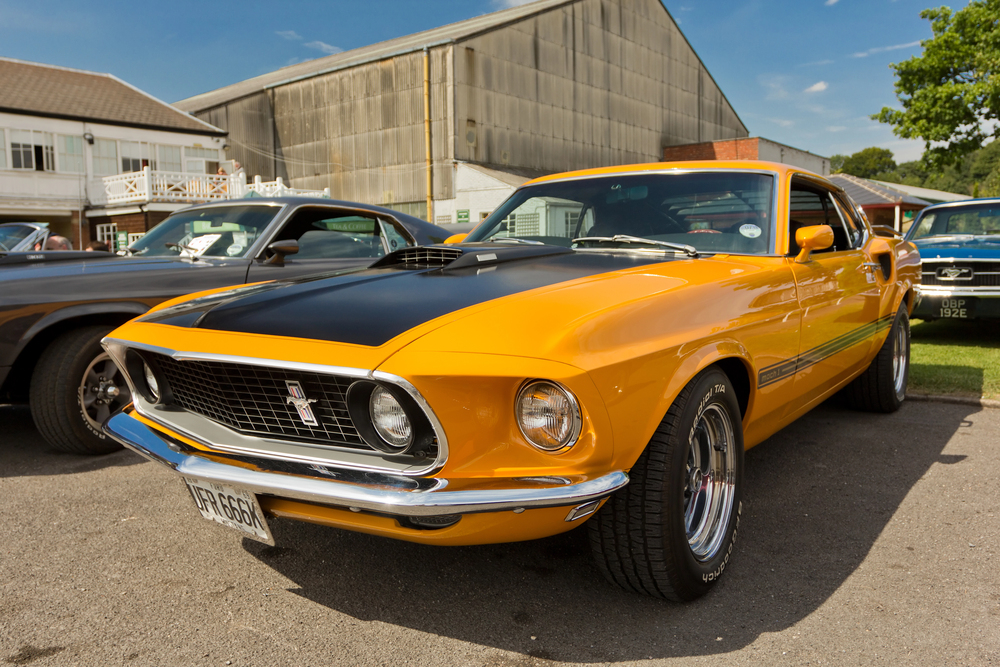Daily traffic congestion continues to waste time, fuel, and patience in cities worldwide. But while many look for answers in new roads or smarter cars, public transit remains one of the most powerful solutions. From reducing the number of vehicles on the road to streamlining how people move through urban areas, transit systems are key to untangling gridlock. When properly funded and intelligently designed, public transportation can transform daily commutes and urban life. Here are 12 smart strategies public transit could use to help eliminate daily traffic headaches.
Dedicated Bus Lanes

Creating exclusive lanes for buses keeps them moving smoothly, even during peak hours when normal lanes are congested. This not only makes buses more reliable but also encourages more people to choose them over private cars, ultimately easing traffic density. Less car usage means fewer vehicles on the road, reducing overall congestion and improving travel times for everyone.
Real-Time Tracking Apps

Transit apps that provide real-time bus and train locations reduce wait times and rider frustration by offering precise arrival data. When commuters know exactly when their ride is arriving, they can plan better and avoid unnecessary delays, helping them stay on schedule. These tools make public transit more appealing and efficient by eliminating uncertainty and increasing reliability.
Increased Service Frequency

Adding more buses and trains during rush hours ensures riders aren’t left waiting or packed like sardines, which makes the experience more pleasant. More frequent service means faster boarding, fewer delays, and smoother traffic flow in general as people shift away from personal vehicles. With less wait time and more availability, public transport becomes a viable and attractive option for a broader audience.
Smart Traffic Signals

Giving buses and trams signal priority at intersections keeps them moving and avoids unnecessary stops that slow down the route. These smart systems adapt to traffic conditions in real time, optimizing the flow of transit vehicles and reducing overall commute times. Faster, smoother bus rides entice more commuters to switch modes, resulting in fewer cars and reduced gridlock.
Related: Car Market Chaos In 2025 The Interest Rate Shock No One Saw Coming
Park-and-Ride Facilities

Designated parking lots near transit hubs allow suburban commuters to drive partway, then hop on public transit for the remainder of the journey. This reduces the number of cars entering city centers, where traffic is often most intense and parking is limited. It’s a flexible and practical solution that blends the convenience of driving with the efficiency of mass transit.
Related: 15 Crazy Innovations in Wireless EV Charging That Could Kill the Plug
Affordable Fare Structures

Keeping fares low or offering discounts for regular users makes public transit a more economical and accessible choice for everyone. Cost-effective commuting reduces the reliance on cars, especially for daily travel to work, school, or appointments. With financial incentives in place, more people are likely to make public transport a regular part of their routine.
Related: The Secret Battle Between Automakers And Tech Giants That Could Change Everything
Electric and Quiet Vehicles

Modern electric buses and trams reduce noise pollution and emissions while offering a smoother, more comfortable ride. Their appeal encourages environmentally conscious users and makes urban streets more livable and less chaotic. Cleaner, quieter transit enhances quality of life, fosters sustainability, and promotes ridership among eco-aware communities.
Related: Car Prices Are Changing Forever And Here’s What No One Is Telling You
Mobile Payment Options

Allowing riders to pay through apps or contactless cards reduces boarding time and improves flow at busy stops. The convenience of tapping in and out speeds up service and attracts tech-savvy commuters who value simplicity and speed. Less friction at fare gates means faster movement, happier passengers, and a more streamlined transit system overall.
Related: Restomods Are Disrupting the Auto World and Why Even Purists Are Falling in Love
Transit-Oriented Development (TOD)

Building homes, offices, and shops near transit hubs reduces the need to drive by placing essential services within walking distance. With everything close to a station, people naturally rely more on buses or trains than cars, improving efficiency in daily life. These developments encourage walkable, car-light lifestyles and make cities more vibrant and less congested.
Related: Mechanics Hate These 15 Tricks To Keep Your Motorcycle Running Like New
Express Services

Limited-stop routes get riders to major destinations faster by bypassing busy minor stops, saving valuable time during commutes. These express options compete with car travel times and often win, making public transit a truly time-efficient alternative. Faster trips attract new riders and reduce pressure on congested roads by shifting more people onto high-capacity transit.
Related: 10 Motorcycle Brands That Hold Their Value No Matter What
Car-Free Zones Around Transit Hubs

Limiting vehicle access in dense urban cores encourages people to finish their trips by foot or public transport, creating a more walkable environment. Pedestrian-only zones create safer, less congested areas and enhance the appeal of using transit for last-mile connectivity. These areas become vibrant, clean, and commuter-friendly hubs of activity and commerce.
Related: The World’s Most Dangerous Motorcycle Roads and How To Master Them
On-Demand Microtransit

Flexible shuttles or minibuses that adapt routes based on demand serve less crowded neighborhoods and remote areas efficiently. These systems fill the gaps where full-size buses aren’t viable, keeping people connected without the need for personal cars. They expand the reach of public transit and reduce localized congestion while offering responsive service.
Related: 15 Shocking Reasons Every Biker Needs A Leather Jacket Beyond Style
Public transit holds the potential to radically transform how we experience urban life and daily commutes. Each of these ideas, from modernizing systems to educating the public, contributes to a future with fewer cars and better mobility. When cities prioritize transit, they unlock smoother roads, cleaner air, and more equitable access to jobs and services. The shift away from car dependency doesn’t require giving up comfort, it simply means choosing smarter, collective movement. Embracing these genius strategies could mark the end of daily gridlock as we know it.
Disclaimer: This list is solely the author’s opinion based on research and publicly available information.
12 Times American Taxis Changed the World in Ways You Didn’t Expect

Taxis may seem like just another part of city life, but American cabs have influenced transportation, technology, and culture in surprising ways. From pioneering new business models to shaping global taxi services, these iconic vehicles have done more than just move passengers, they’ve driven real change. Here are 12 times American taxis changed the world in ways you didn’t expect.
Read it here: 12 Times American Taxis Changed the World in Ways You Didn’t Expect
13 Reasons People Are Ditching Car Payments for Ride-Sharing and Rentals

Owning a car is becoming less appealing as high costs, maintenance headaches, and restrictive financing push people toward alternative transportation options. With the rise of ride-sharing, flexible rentals, and subscription based mobility, more drivers are questioning whether car ownership is even necessary. From financial savings to lifestyle freedom, here’s why many are ditching car payments for good.
Read it here: 13 Reasons People Are Ditching Car Payments for Ride-Sharing and Rentals
13 Bizarre Rules And Laws That Shaped American Taxicabs

Taxicabs have been a staple of American transportation for over a century, but behind the bright yellow exteriors and flashing rooftop signs lies a maze of strange laws and regulations. Some were created to protect passengers, while others seem to make little sense at all. These 13 bizarre rules and laws helped shape the taxi industry into what it is today.
Read it here: 13 Bizarre Rules And Laws That Shaped American Taxicabs
You’ll love these related posts:
- Are Electric Motorcycles The Future Or A Passing Trend? The Truth Revealed
- Your Motorcycle Maintenance Checklist Experts Swear By
- Master These 15 Riding Techniques Or Risk Costly Mistakes
- What Your Motorcycle Really Says About You Might Surprise You
- Packing For A Motorcycle Road Trip? Don’t Leave Without These Essentials


